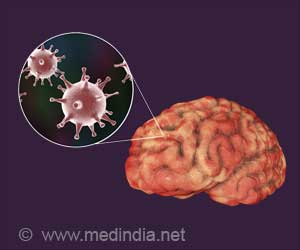Children who suffer sunburn very early in life are far more likely to suffer the most dangerous form of skin cancer, suggest researchers. In humans,
Children who suffer sunburn very early in life are far more likely to suffer the most dangerous form of skin cancer, suggest researchers. In humans, melanocytes, the pigment-producing skin cells where melanoma develops, are on the surface of the skin. It is thought that some melanomas are the result of genetic damage caused when the UV radiation strikes these pigment cells. Babies and young children are thought to be more vulnerable.
A team of scientists at the National Cancer Institute in Bethesda, Maryland exposed mice, whose skin had been genetically engineered to mimic human skin, to high doses of ultraviolet (UV) rays. The results showed that young mice went on to develop melanoma - the most serious form of skin cancer - in adulthood.A single dose of UV radiation was enough to induce melanoma in the young mice. In adults, 30 times more UV was needed to achieve the same effect. Glenn Merlino, chief molecular geneticist at the institute, said that although the experiment had been confined to mice, the sun's dangerous rays could have the same impact on human skin. He said: "The big lesson, and certainly the one I'd like to tell parents and doctors who see children, is that you should take whatever steps are necessary to prevent sunburn in children. They should wear hats, use sunscreen and avoid unnecessary exposure to sunlight."
It is feared that this rapid proliferation increases the chance that DNA damaged cells will reproduce and take hold, producing a tumour. Melanoma accounts for roughly 10% of reported cases of skin cancer and can spread rapidly throughout the body, forming secondary tumours in the liver, lungs, bone or brain.











